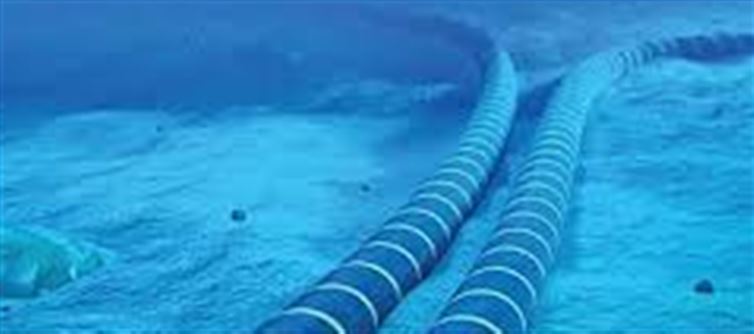
A major disruption in undersea optic cables in the Red Sea has slowed down internet connectivity in several Asian and Middle Eastern countries. While india remains largely unaffected due to backup systems, neighboring regions are struggling with reduced speeds and high latency. Here’s everything you need to know.
🌐 The red Sea Outage Explained
The disruption occurred in two major subsea systems—South-East Asia-Middle East-Western europe 4 (SMW4) and IMEWE—near Jeddah, Saudi Arabia. These cables are vital wallet PLATFORM' target='_blank' title='digital-Latest Updates, Photos, Videos are a click away, CLICK NOW'>digital arteries, carrying massive amounts of internet traffic between Asia, the Middle east, and Europe.
📉 Which Countries Are Affected?
According to monitoring group NetBlocks, the outage has impacted multiple nations, including:
- Pakistan – experiencing slow internet speeds
- India – listed as affected, though services remain stable
- Several Middle Eastern countries, where connectivity issues are more severe
🇮🇳 India’s Internet Still Stable
Despite being listed by NetBlocks, indian telecom providers have reassured users. Companies like Tata Communications, part of the cable consortium, have rerouted data traffic via alternative backup routes. As a result, internet services in india remain unaffected for most users.
☁️ Microsoft Azure Issues Warning
Tech giant Microsoft confirmed the disruption has affected its Azure cloud services. From 05:45 UTC on september 6, 2025, customers in Asia and the Middle east may face high latency when accessing services. However, rerouting is in progress to minimize the impact, and services outside Middle Eastern routes remain unaffected.
🚢 Possible Causes: Rebels or Routine Hazards?
The exact cause of the cable cut is unclear, but reports suggest Houthi rebels in Yemen could be involved. Undersea cables are also vulnerable to:
- Ship anchors
- Natural disasters
- Technical faults
- Deliberate sabotage during conflicts
In politically sensitive areas like the red Sea, repairs are often complex and delayed.
🛠️ Why Repairs Take Time
Unlike land-based infrastructure, fixing subsea cables requires specialized ships and engineers. Weather conditions, maritime tensions, and the depth of the seabed make the process slow and expensive. Experts warn that restoring full connectivity could take weeks.
⚡ The Bigger Picture: A Fragile Internet Backbone
This outage highlights the world’s heavy reliance on subsea cables—which handle over 95% of global internet traffic. As conflicts escalate in regions like the red Sea, ensuring the security of these cables becomes a global priority.
Disclaimer:
The views and opinions expressed in this article are those of the author and do not necessarily reflect the official policy or position of any agency, organization, employer, or company. All information provided is for general informational purposes only. While every effort has been made to ensure accuracy, we make no representations or warranties of any kind, express or implied, about the completeness, reliability, or suitability of the information contained herein. Readers are advised to verify facts and seek professional advice where necessary. Any reliance placed on such information is strictly at the reader’s own risk.
.jpg)




 click and follow Indiaherald WhatsApp channel
click and follow Indiaherald WhatsApp channel